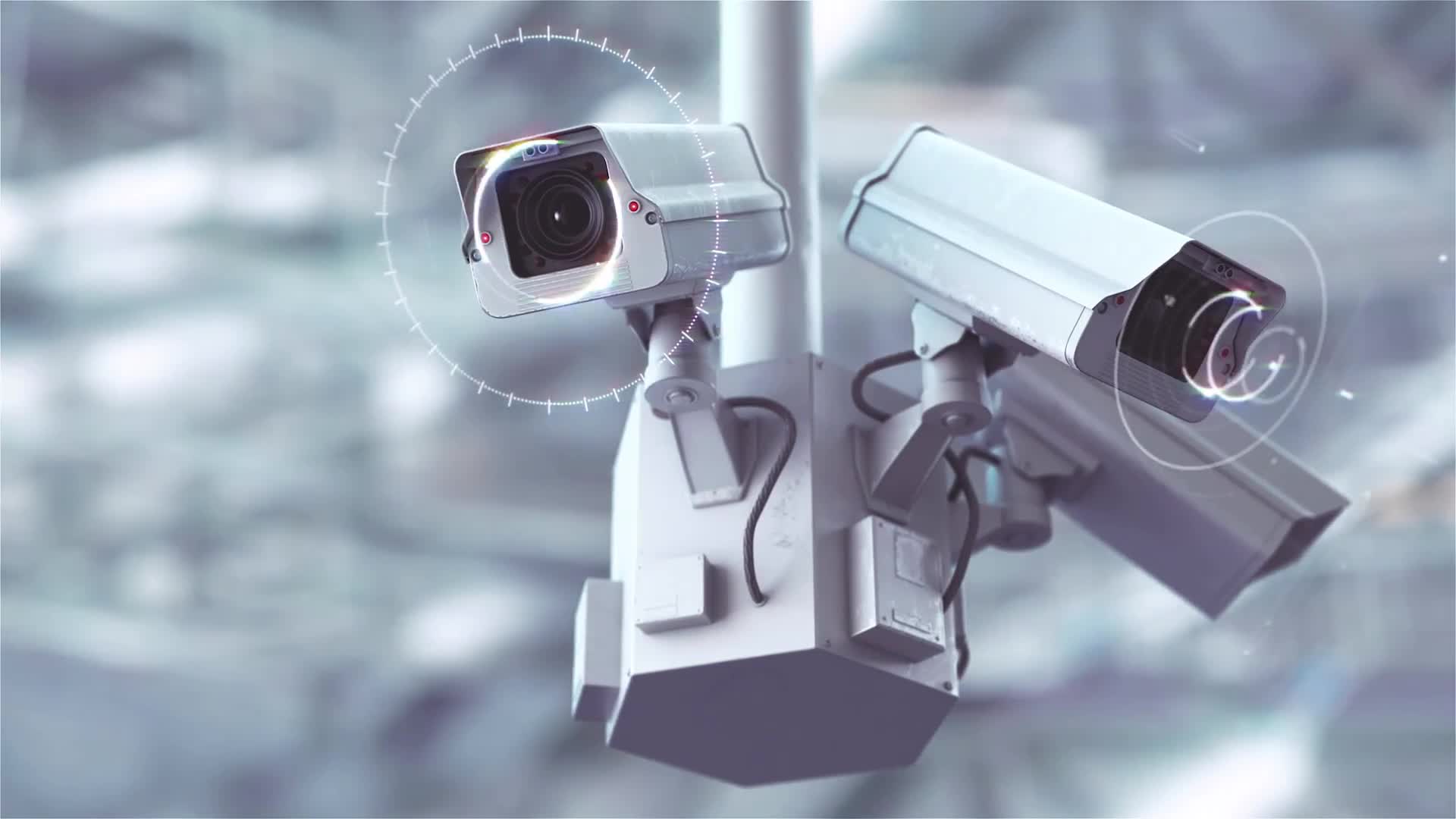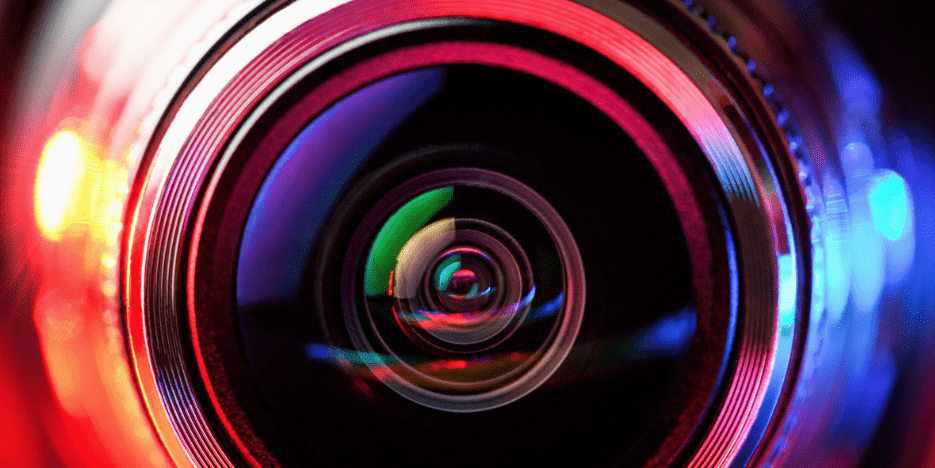
Ahmad Saber
In conflict zones, the strategic placement and effective use of cameras can have a more significant impact than even the deployment of nuclear arsenals. The ability to prove innocence and shape international public opinion becomes a critical battleground, determining whether war crimes can be committed with impunity or the right to self-defense can be criminalized. This article delves into the role of artificial intelligence (AI) in exposing war crimes, with a specific focus on the Gaza hospital explosion case and highlights the power of AI and camera technologies in uncovering the truth.
The Power of Cameras in Intelligence conflicts:
Cameras have repeatedly demonstrated their ability to expose secrets, identify the location of soldiers, and unveil false claims made by various armies. They have also been employed for system infiltrations and espionage to uncover accurate information.
War photographs reflect the reality that we do not want to see. Susan Sontag said before that They are very important, and their primary role is to inform the world about atrocities inflicted on people. But the dilemma remains now that with the presence of war photos, events can be falsified, either because of the lack of cameras and lack of photos, or on the contrary, because of the spread of anonymous photos and the inability of millions of people to distinguish between truth and claims. The camera needs intelligence power and artificial intelligence to be able to determine the truth or falsity of the various shots and what they mean.
Gaza Hospital Explosion:
The explosion at the Al-Ahli Hospital in Gaza City on October 17th sparked a battle fiercer than those fought on battlefields. It became a contest of narratives, determining who could prove their version of events to either expose war crimes or legitimize them in an international community that tends to lean towards legitimizing various actions due to pre-existing biases.
Hamas’ Narrative:
Hamas claimed that the explosion was caused by a missile launched by the Israeli forces, alleging clear war crimes in targeting patients. However, Hamas failed to obtain evidence that could silence opposing nations, such as remnants of the missile or footage capturing its impact. This highlights the importance of having cameras present during such incidents, as they can become more crucial than amassing weapons. Nevertheless, there were cameras and several recorded videos of the explosion site that played a significant role in the initial clash between artificial intelligence and media narratives.

Israel’s Narrative:
The Israelian forces began promoting a narrative suggesting that the explosion was caused by a failed missile launch by the Islamic Jihad movement. Several countries began adopting this narrative with enthusiasm. The Israeli forces sought to prove their narrative by presenting images of the explosion site, claiming that Israeli missiles would have caused far greater damage than observed in the area.
Unveiling the Flimsy Israeli Narrative:
Firstly, the Earshot organization conducted an intelligence analysis of the explosion site, with the cameras and recorded videos playing a crucial role in the analysis. Sound analysis techniques and sound wave measurements revealed the falsehood of the Israeli claim. The utilization of Doppler sonography, a technique based on monitoring the wavelength of waves emitted from a body to determine whether it is approaching or receding, clearly indicated the sound of the approaching missile, intensifying until the moment of the explosion. This was evident in a video captured from 1500 meters from the hospital.
Secondly, the Israeli Defense Forces released an audio recording on their official platforms, claiming it captured a conversation between two Islamic Jihad fighters discussing the failure of the missile launch and its subsequent impact on the hospital. However, legitimate voice analysis revealed that the recording consisted of two separate parts recorded individually and then spliced together, proving the fabrication of the Israeli narrative and its reliance on a fraudulent recording as evidence.
Lastly, Israeli-affiliated channels widely disseminated a video purportedly showing a Palestinian rocket falling after being launched towards the hospital. However, The New York Times quickly refuted this claim, stating that the rocket seen in the video was unrelated to the hospital explosion, highlighting disparities in launch location and trajectory. Thus, most arguments put forth by the Israeli forces to promote their narrative were proven weak and falsified using artificial intelligence techniques.
Ensuring Accountability in Conflicts:
The United Nations has issued a press statement highlighting human rights violations against women in Palestine by Israeli officers.
This emphasizes that the presence of cameras can make a significant difference in exposing such violations and bringing attention to civilian casualties, particularly in instances where bombings result in the deaths of thousands of civilians, including children. The fear of being exposed through cameras may explain why Israeli forces target journalists. To address these issues, there are mechanisms that can be discussed within the international community to put an end to violations on the battlefield. These mechanisms include the presence of internationally protected press teams and the placement of cameras in civilian areas, enabling the monitoring of violations and the potential criminalization of any killing or disruption by enemy forces. Such measures would strengthen the human rights system and could be implemented through international agreements between countries.
Hamas’s Information Superiority:
Israel’s intelligence failure extends beyond its inability to anticipate the Hamas operation on October 7th and effectively respond to the attacks and missile barrage. There are multiple reasons contributing to this failure. One factor is the belief among Israeli leaders that Hamas lacks the capability to launch large-scale operations, leading to a failure to understand the logic and strategic goals behind such operations. This resulted in disregarding intelligence warnings received from various sources. Additionally, Israeli leaders have relied on a policy combining incentives and coercion, seeking to win over Palestinians through economic integration while expanding settlements. This approach has proven insufficient in ending the cycle of military operations.
Another significant factor in Israel’s intelligence failure is Hamas’s information superiority during the operation. Hamas leaders have demonstrated a deep understanding of information warfare and its role in achieving intelligence success. Despite projecting an image of being solely focused on economic matters, Hamas trained for the operation openly and executed well-organized tactics. A commando unit disrupted the IDF’s command apparatus in southern Gaza, showcasing Hamas’s ability to excel strategically.
Moreover, Hamas anticipated a strong Israeli response and demonstrated its ability to handle the information aspect of the conflict. If the scope of the war expands and Israeli leaders persist in targeting civilians and displacing millions of Palestinians, it may become the occupation’s most significant strategic mistake in the twenty-first century.
It is imperative for the leaders involved in the occupation to recognize that targeting and killing civilians will not lead to victory in the battle. On the contrary, as the conflict escalates, the weaknesses in intelligence and the failure to effectively repel military operations become more apparent. It is essential to understand that a sustainable solution lies in pursuing peace and embracing the concept of a two-state solution.
Conclusion:
Artificial intelligence, in conjunction with camera technologies, played a significant role in exposing the flimsy narratives surrounding the Gaza hospital explosion. The analysis of sound recordings, video footage, and the application of advanced techniques, such as Doppler sonography, debunked the Israeli claims. This incident serves as a testament to the power of artificial intelligence in uncovering the truth and exposing war crimes. In a world where narratives hold immense sway, the utilization of advanced technologies becomes imperative in the pursuit of justice and the prevention of further atrocities.






Be the first to comment